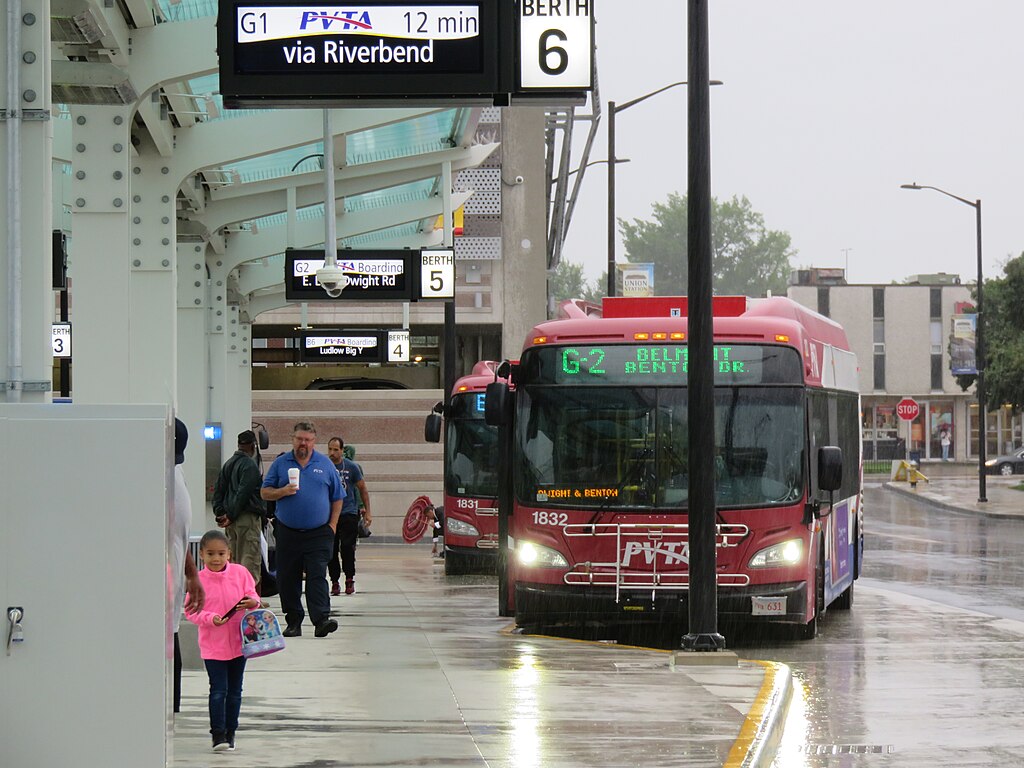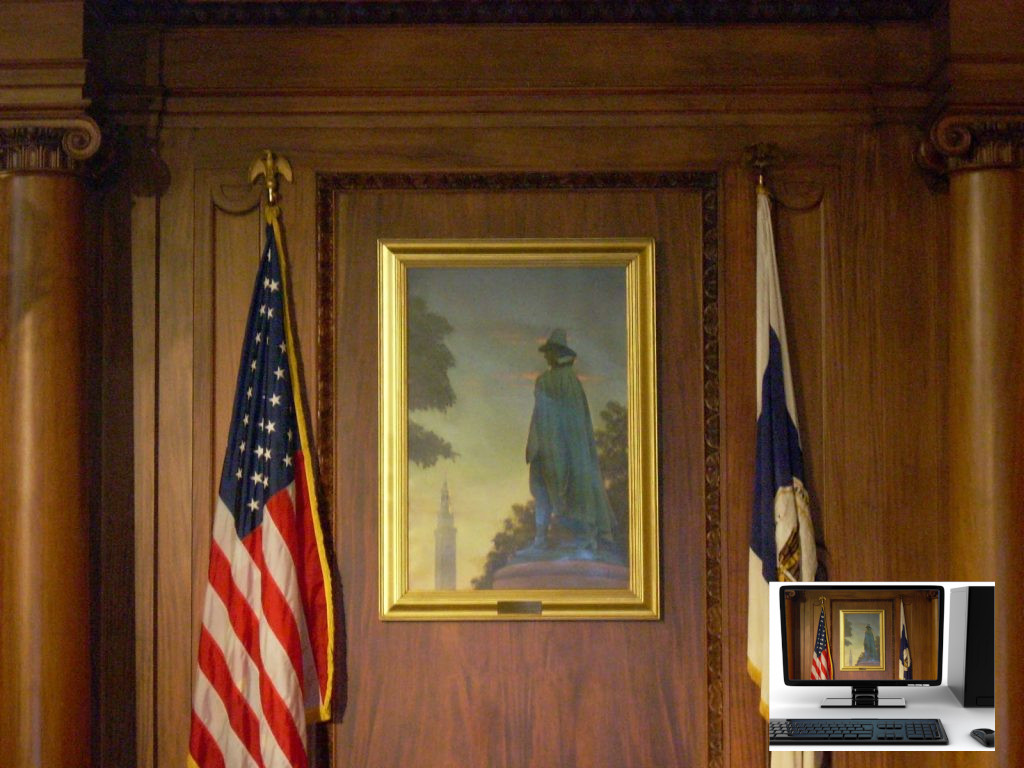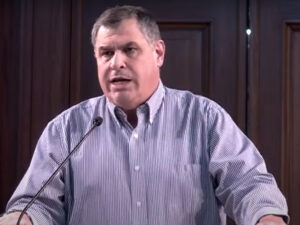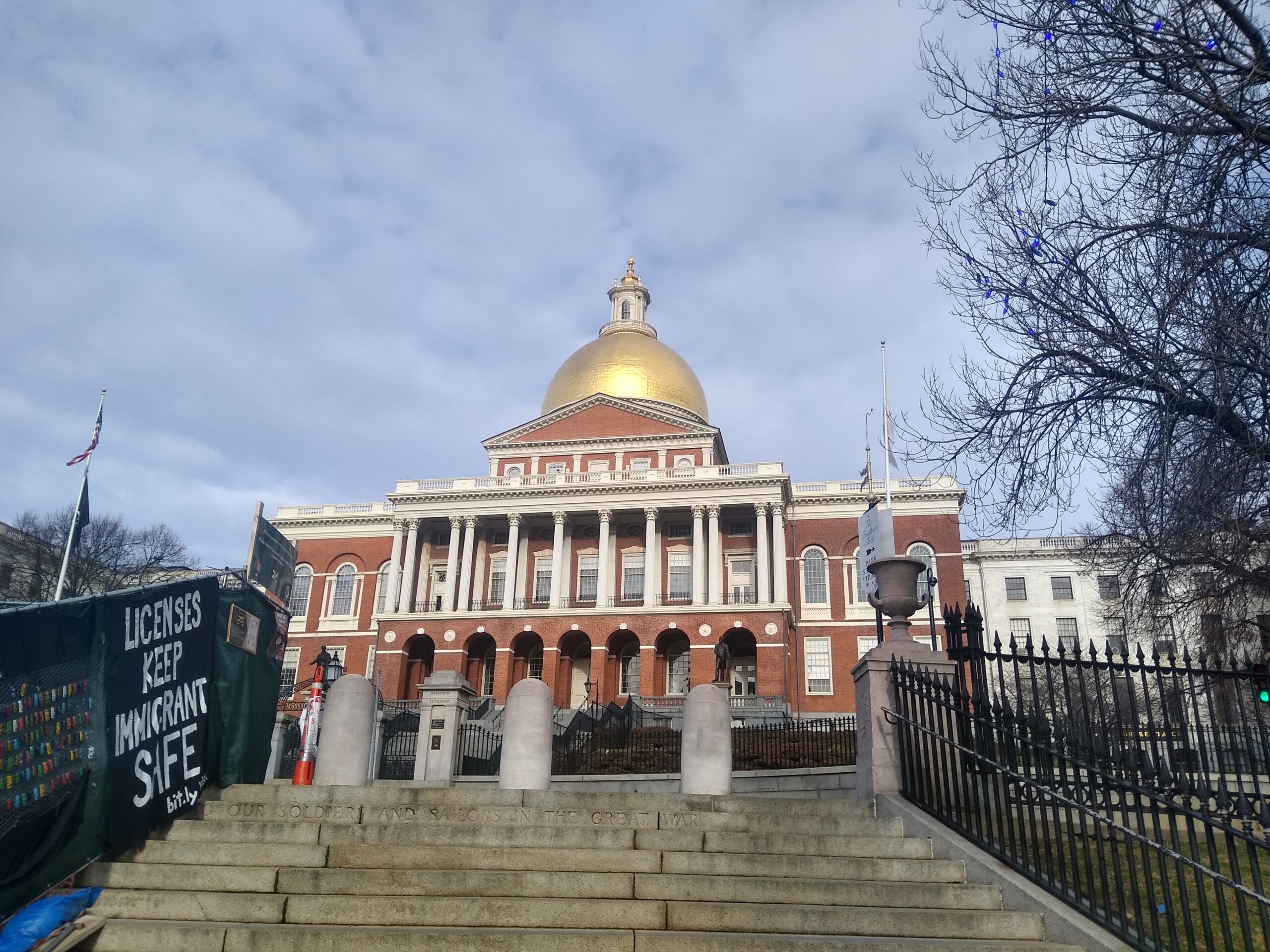Take My Council, Please: Rewriting Rules of the (State) Road…Money…
State money allocated to Springfield via Chapter 90 is nothing new to the City Council. Every year, the body formally accepts the disbursement. In recent years, city officials have paired it with bonding to maximize road repairs. The annual allocation has also been flat. The resulting statewide municipal discontent manifested in Springfield prominently at last Monday’s Council meeting.
As it happened, Chapter 90 consternation was not the only road-related item that night. Councilors passed at-large councilor and mayoral hopeful Justin Hurst’s resolution calling for 50% subsidies to three city bus lines. This was in addition to more mundane street openings for utilities and incrementally more fascinating items for two major intersection projects along St. James Avenue.
Councilors Timothy Allen and Maria Perez were absent from the meeting. Councilors Malo Brown, Zaida Govan, Kateri Walsh and Tracye Whitfield participated remotely.
The Council meeting opened with reports. Hurst, who chairs, the Audit Committee, reported on a review of city offices that handle cash. Auditors recommend more cross-training, segregation of duties and better oversight. One such revenue stream this affects is the bulk pickup sticker for larger items residents which DPW to remove.
Councilors approved nine separate road easement and/or construction reports. This includes everything from telephone pole relocations to replacement of old steel gas pipes with those using PVC.
A unanimous Council approved $110,000 to go toward clinicians from Behavioral Health Network to respond with police to certain calls. Lieutenant Robert Sheehan from the Springfield Police said that the city was approved for a grant to cover three, but BHN was working with the city to cover any gaps.
The Council also greenlit a $10,000 boost to anti-opiate programs as well as $4065 in bills from a prior year. A small $125 donation to Elder Affairs also received approval.
DPW head Chris Cignoli, who had also presented the utility reports, also presented the items for the Tapley Street & St. James Avenue project. The city is rebuilding the intersection and it will require some temporary and permanent takings, he said. Specifically, $132,950 will pay for taking some property from a gas station and the right to install lighting and sidewalks.
However, the hotter item Cignoli appeared for was the Chapter 90 funding. A regular appropriation Springfield and its 350 municipal brethren receive every year, said bidding would begin very soon and new work would begin once some backlog was cleared. The city will also be pairing some of its own bond funds to perform more street repairs and paving.
“We have some work left over from last year that we have to do,” Cignoli told councilors.
However, when prompted by councilors, Cignoli did not conceal his disappointment that the program got level funding. He told councilors that the $200 million in bonding Governor Maura Healey had advanced to the legislature was the same amount the state had bonded for the last ten years.
That, he said, was “buying 50% of what it did eleven or twelve years ago.”
Councilors expressed disappointment that American Rescue Plan Act funds, of which Springfield has nearly $40 million and the state billions more, did not qualify for this kind of infrastructure work.
Cignoli acknowledged the governor and legislature had occasionally appropriated additional funds. For example, last year, using the Chapter 90 formula, often in direct appropriation rather than bonding for a winter weather recovery program. But that has not made up for how the appropriation has bought less and less over time. Last year at then-Governor Charlie Baker suggested more but the legislature demurred.
In an email to WMP&I, Cignoli said that Springfield had received between $3.6 and $3.7 million out of the state allocation since fiscal year 2012. The two years before that, Springfield received less as the statewide appropriation was $150 million.
Cignoli said this cover his entire time with the city (before become DPW director he had been the City Engineer, which falls under DPW). Since then, the city has only received an additional $3 million from the three extra appropriations.
“The supplementals…are what is dispersed when (and if) the State does a Supplemental Budget—and as you can see, that has only happened 3 times in the last 15 years,” he wrote.
The consequence, especially amid recent inflation, is Springfield is paving half the miles of road it did 10 years ago, Cignoli continued.
The flat appropriation from the governor has prompted discontent across the state. Mayor Domenic Sarno and his colleagues from other cities have submitted testimony to the Transportation and Bonding committees. Both have reviewed Healey’s bond submission this month.
Geoff Beckwith, Executive Director of the Massachusetts Municipal Association, said his organization and its members have been raising this issue with Beacon Hill for many years. The MMA sent a letter requesting more funds.

Do better! -Shorter Geoff Beckwith, MMA Exec Director. (via mma.org)
“We’ve encouraged our members to talk about this issue with their own delegations, and explain how construction costs have increased, making it harder and harder to keep local roads in a state of good repair,” Beckwith wrote.
The governor’s office referred questions to the Massachusetts Department of Transportation. A MassDOT spokeswoman said the department did not specifically comment on pending legislation.
However, the Healey administration and MassDOT do not necessarily see this appropriation as the end of the line. While this item is consistent with prior practice, it may be only part of larger local infrastructure investment plan.
The day the Springfield city councilors got a crash course in Chapter 90 policy, a legislative committee was rewriting Healey’s request.
Technically, the bill Healey submitted at the beginning of this month was for $400 million over two years. That is the same as annual Chapter 90 over the past decade plus. The legislature’s Joint Transportation Committee rewrote the bill for $200 million in bonding this year. The revised bill also ups prior years’ bond authorizations to add about $150 million for various other municipal projects. In effect, the legislature is approving only $200 million for this year, but adding $150 million for other municipal projects along the way.
Under the state constitution, the legislature cannot appropriate more than the governor authorizes. Lawmakers have broad authority to rewrite that authorization, however.
Whether working with these changes or pursuing others, the MMA does not consider this the end.
“So, even if the main bond bill continues to level-fund Chapter 90 at $200 million a year, we will continue to advocate for other spending measures to increase Chapter 90 funding, and increase the amount of funds that cities and towns have to repair and rebuild the 30,000 miles of municipal roads that communities maintain,” he emailed.
Since the Council’s meeting, the House passed the bond with the updated language on Thursday. The Senate could act this week.
The underlying use of bonds has its own downsides. Authorizing bonds is not a certainty of spending. As Beckwith pointed out, the governor may actually put out the bond—and therefore get the money—until years later. Nor is the governor required to authorize the full amount. He observed that Baker released Chapter 90 money his predecessor, Deval Patrick, had signed into law.
“This is different from a budget appropriation, because once a budget line item is signed into law, those funds are appreciated and are certain (except in times of fiscal crisis),” Beckwith said.
Back in Springfield, councilors authorized the Chapter 90 spending as is, albeit hopeful for more.

Every bus must go…half off? (via wikipedia)
The last item before the Council was a resolution calling for Sarno to use ARPA funds to impose a 50% subsidy for all bus lines in the city. Councilor Hurst, the principal sponsor, explained this was a revision of an earlier proposal of his. That one urged free fares as other communities have done. The new item came after consulting with the Pioneer Valley Transit Authority and Pioneer Valley Planning Commission.
Sandra Sheehan, the PVTA’s executive director, appeared at Monday’s meeting via Zoom. She explain that if Sarno approved the use of these funds—the Council cannot compel it—her board would review the proposal and figure out how to implement it.
However, Sheehan also said that rider surveys show more interest in reliable and frequent service than subsidized or free fares.
This has been a recurring theme as fare-free public transit has taken off. While free fares got a boost during the pandemic to restore ridership, many pols have latched onto them. Yet, this interest has received criticism both for not improving service—as riders want—and for questionable sustainability.
The Council passed Hurst’s resolution 9-0. In addition to the absent councilors, Councilors Brown and Michael Fenton did not vote.
The fate of the bus subsidies lies with Mayor Sarno, whom Hurst is trying to dethrone. The Chapter 90 money, but contrast, offer a lesson in the interplay between municipalities and the state. It is anything but clear as to why Beacon Hill is resisting a firm, prospective hike in Chapter 90 outlays. Yet, it may just be one of many changes the state must pursue on behalf of cities and towns in the coming months and years.
Adam Bass contributed Beacon Hill reporting to this article.



